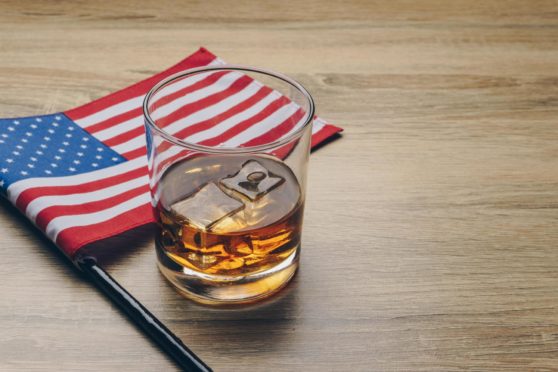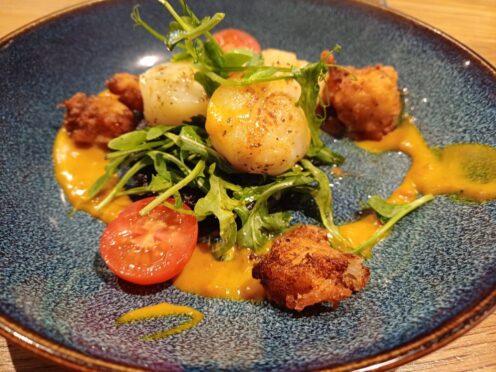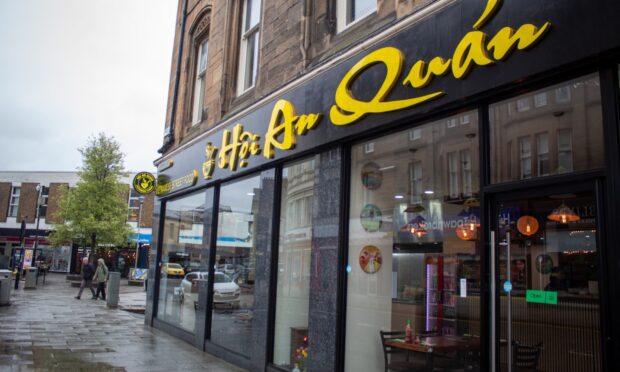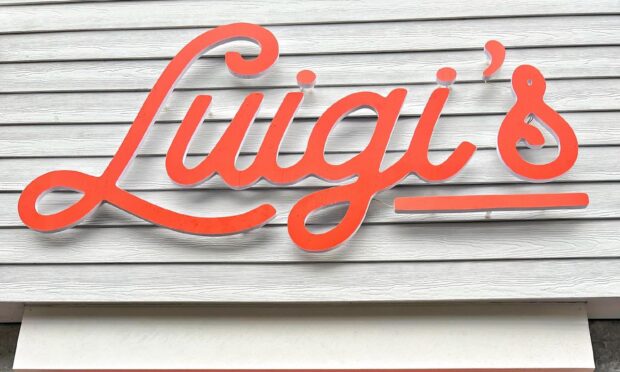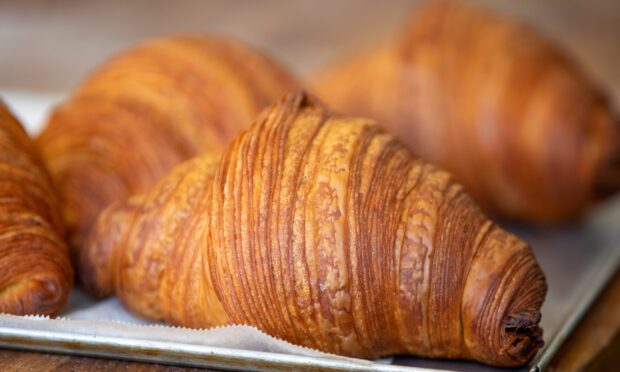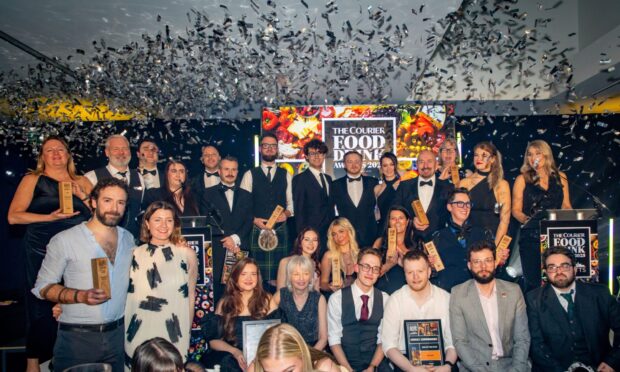Brian Townsend takes a look at a whisky rennaisance taking place on the other side of the Atlantic.
America is in the midst of a great whisky renaissance with countless small, artisan distilleries opening everywhere from New York city to rural locations scattered across
the country.
However, it is not the USA’s first distilling boom. As the great beacon from its early days for European migrants, they arrived with their drink-making skills. The French and Italians took wine-making, the Germans and Scandinavians beer-brewing and the Scots and Irish whisky distilling.
Indeed, the “founding fathers” enjoyed the cratur. George Washington had a distillery at his Mount Vernon home, installed and run by a Fife distiller. It has been recreated as a tourist attraction, complete with replica original equipment – and it actually makes whisky.
As starch-rich maize (corn on the cob or corn) was a dominant crop, most US whiskies were, and largely are, made from a maize mash, with high-diastase barley added to speed the starch-to-sugar conversion.
Kentucky gradually became the dominant centre of distilling and, strictly speaking, Bourbon whiskies come from Kentucky. However, the very successful Jack Daniels hails from next-door Tennessee.
It is remarkable just what a contribution whisky has made to the American way of life. Watch any Western on TV and there’s almost as much whisky drinking (the saloon barmen flicking full glasses along the bar like oiled curling stones) as there is shooting and horse-riding.
Older tough-guy movies always saw the heroes (and villains) swilling Scotch or Bourbon and TV series such as Mad Men also showcase whiskies, albeit in a more urbane setting.
Indeed, it was whisky’s too-powerful hold on US life that spurred the Prohibition movement which eventually made the US go “dry” – at least in theory – from 1920 to 1933.
Historically, the US has seen decades of conflict between legal and illegal distillers, mirroring the similar conflict in Scotland and Ireland. It saw its whisky war in the early 1800s and the battle against the Prohibition-era bootleggers.
It even coined the most romantic name for illicit whisky – moonshine – inspiring the delightful Moonshine Lullaby in the 1940s musical Annie Get Your Gun.
Today the Scotch industry depends heavily on America, not just for exports, but to supply the lion’s share of casks slumbering in our distillery warehouses.
